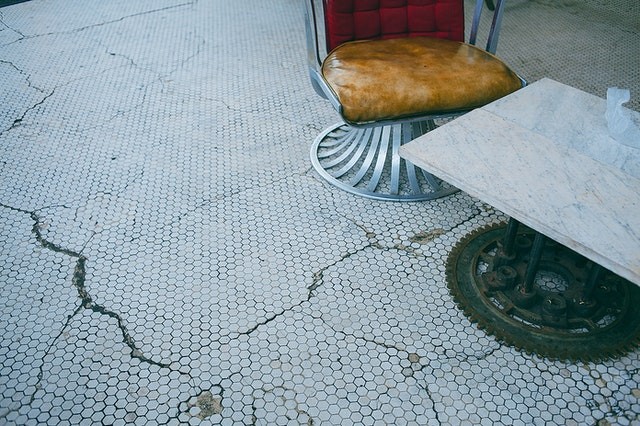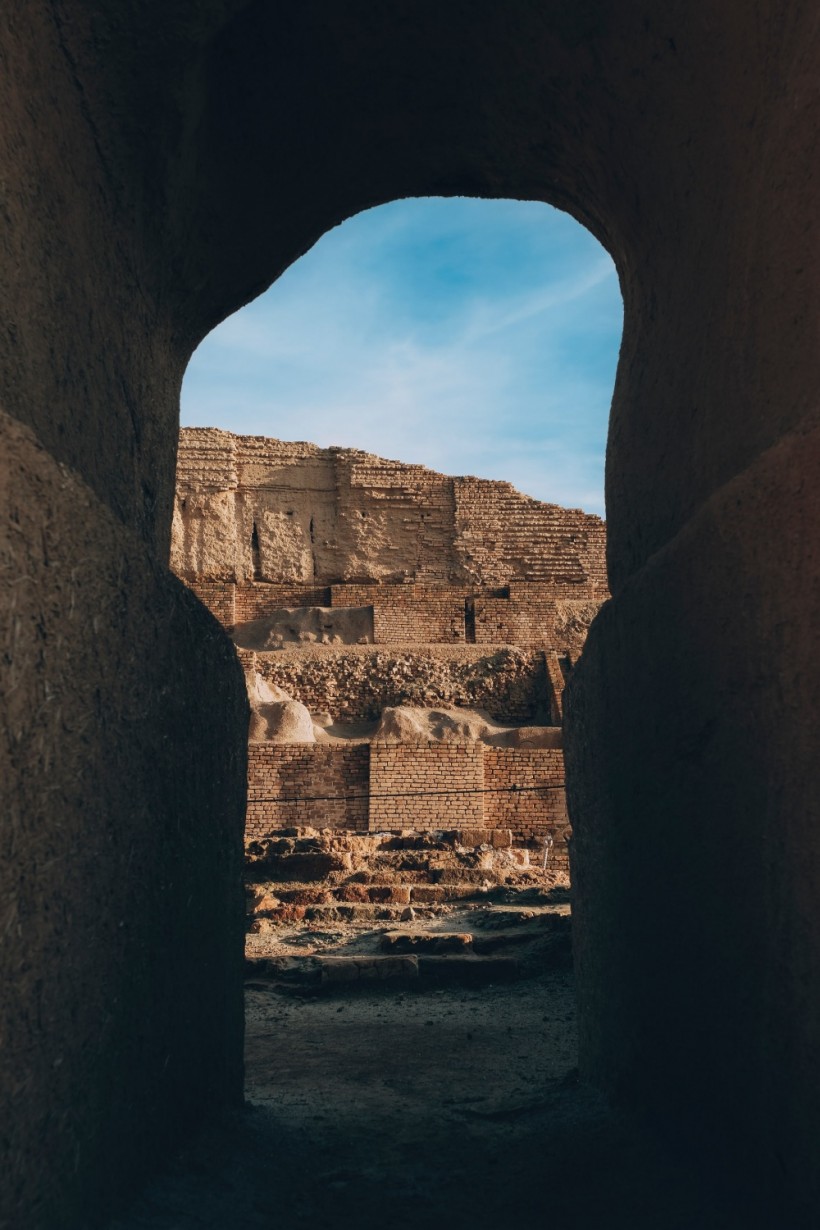According to the International Energy Agency estimates, the building industry is a major source of carbon dioxide (CO2) emissions globally, accounting for 8% of total global CO2 emissions.
As a result, one of the greatest environmental issues it faces in the future is the development of new sustainable construction materials and methods.

A University of Cordoba research effort has succeeded in dose concrete using a novel technique that eliminates carbon dioxide from the environment and might be used to make paving stones, curbs, vaults, and other forms of urban furniture without steel reinforcement.
Collaborative Research
The research, conducted jointly at the Polytechnic School of Belmez by the University of Cordoba's 'Construction Engineering' (TEP-227) and 'Materials and Applications' (FQM-391) groups, has developed a new recipe for this material, consisting of two main ingredients: aggregates recycled from construction and demolition waste, and carbonated water, a popular drink in many bars and restaurants.
According to the study's findings published in the Journal of CO2 Utilization, using carbonated water to mix and cure concrete and recycled aggregates captures 181 percent more carbon dioxide from the atmosphere than using natural aggregates and combining with ordinary water.
"This pioneering method succeeds in reducing climate change and is also founded on the Circular Economy paradigm, in which waste and greenhouse gases are re-integrated into the manufacturing process," said researcher Jose Maria Fernandez, one of the study's authors.
Why Use Carbonated Water?

What function does carbonated water play in this process? How is it possible for a substance to cleanse the environment? As is frequently the case, the explanation is in the chemistry of the entire process, namely in a chain reaction in which CO2 is turned into stone: carbonated water includes CO2, which combines with one of the cement components (portlandite) to generate calcium carbonate.
In other words, carbon in the form of CO2 leaves the environment to stick to the concrete itself, filling its pores, "improving the material's strength and mechanical qualities," according to lead scientist David Suescum Morales.
According to Jose Ramon Jimenez, another of the study's authors, rapid carbonation is a procedure. While still in its early stages, it could previously only be carried out in relatively expensive carbonation chambers.
The difference is that CO2 may now be included in the mixing process of concrete and mortars on-site using a less expensive approach, eliminating the requirement for these specialized carbonation chambers.
How It Works
According to Jose Ramon Jimenez, another of the study's authors, rapid carbonation is a procedure. While still in its early stages, it could previously only be carried out in relatively expensive carbonation chambers.
The difference is that CO2 may now be included in the mixing process of concrete and mortars on-site using a less expensive approach, eliminating the requirement for these specialized carbonation chambers.
Related Article: How Bamboos Can Help Make Modern Construction More Sustainable
For more news about making the environment sustainable, don't forget to follow Nature World News!
© 2024 NatureWorldNews.com All rights reserved. Do not reproduce without permission.


![Climate Change is Reducing Dust Levels Worldwide as Arctic Temperature Warms [Study]](https://1471793142.rsc.cdn77.org/data/thumbs/full/70320/280/157/50/40/climate-change-is-reducing-dust-levels-worldwide-as-arctic-temperature-warms-study.jpg)

![Tsunami Hazard Zones: New US Map Shows Places at Risk of Flooding and Tsunamis Amid Rising Sea Levels [NOAA]](https://1471793142.rsc.cdn77.org/data/thumbs/full/70325/280/157/50/40/tsunami-hazard-zones-new-us-map-shows-places-at-risk-of-flooding-and-tsunamis-amid-rising-sea-levels-noaa.jpg)
